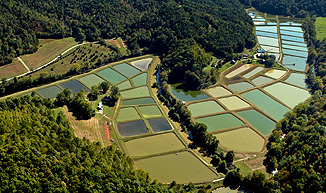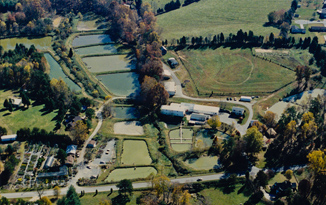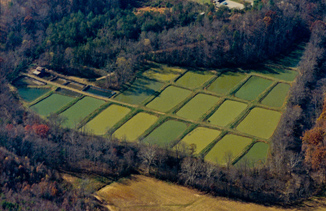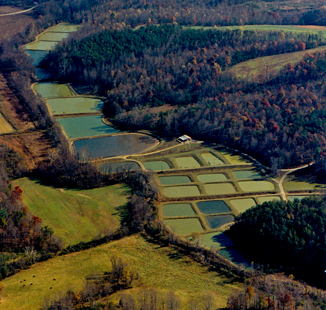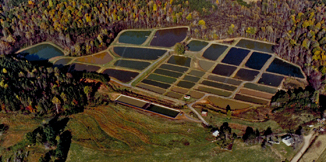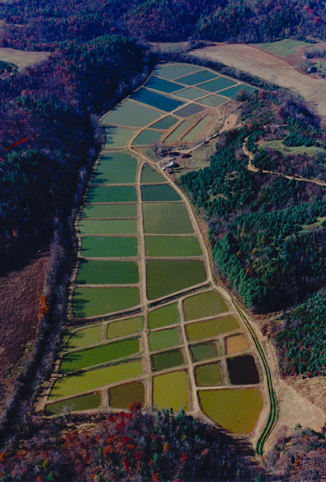Ammonia is the end product of microbial descomposition of nitrogenous organic material (amino acids) in dacaying plant and animal tissues, or uneaten fish food. Is also excreted by fish via kidney waste and throught the gills.
Increased ammonia in water irritates the gill tissues causing hyperplasis, wish reduces the oxigen absortion and waste excretion ability.
Depending on water pH and temperature, some ammonia is ionized into ammonium, wish is nontoxic. Low pH and low temperature, as well as increases in salinity, will increase the ionization to ammonium.
When toxic levels of un-ionized ammonia are encountered, rapid mesures must be taken to lower the ammonia level. Make water changes of 25-50% an s daily basis until levels are normal. Add salt to the water at the rate of 1 pound for 100 Galloons (0.1%) to increase ionization of ammonia. Slowly decrease the water temperature and pH if possible, also. Increasing biological filtration will gradually lower ammonia, but this may not be rapid enough without other measures. Decrease feeding to reduce added protein and fish waste. Remove any decaying organic material in the pond. Ensure adequate oxygenation of the water is present because ammonia irritates the gill epithelicum causing hyperplasia that reduces oxygen absorption, and it also reduces the hemoglobin's oxigen-carrying capacity in the blood. The breakdown of ammonia by bacteria also requires oxygen. There are also commercial water treatments available (e. g., AmQuel, AmmoLock) that can be added to the pond water and will bind ammonia in to a nontoxic form.

Chlorine, chloramine, formalin and certain other medications such as the ammonia binders that are added to the pond can interfere with accurate ammonia testing when using the Nessler method ammonia test. In these case, use the salicylate method ammonia test, however nitrite, nitrate, phosphate, and sulfate at high levels will interfere with the accuracy of this test mathod. Check the nitrite and nitrate levels fisrt, then the ammonia level. In ponds with low levels of nitrite and nitrate, the salicylate method ammonia test will be accurate.
Call or text Chuck 770 359 9927 for more
information.
 Nitrate is relative nontoxic, and koi can survive at levels up to 200 mg/L, but do the best if nitrate is kept below 20 mg/L. The accumulation of nitrate will reduce the buffering capacity (alkalinity) of the water over time, wich will allow the pH to decrease (become acidic). Nitrate acts as fertilizer for algae, and high levels will stimulate alga blooms. Also high nitrate levels will interfere with salicylate method ammonia testing. Keep the level low by periodic water changes and removal of dead plant material from pond.
Nitrate is relative nontoxic, and koi can survive at levels up to 200 mg/L, but do the best if nitrate is kept below 20 mg/L. The accumulation of nitrate will reduce the buffering capacity (alkalinity) of the water over time, wich will allow the pH to decrease (become acidic). Nitrate acts as fertilizer for algae, and high levels will stimulate alga blooms. Also high nitrate levels will interfere with salicylate method ammonia testing. Keep the level low by periodic water changes and removal of dead plant material from pond.








